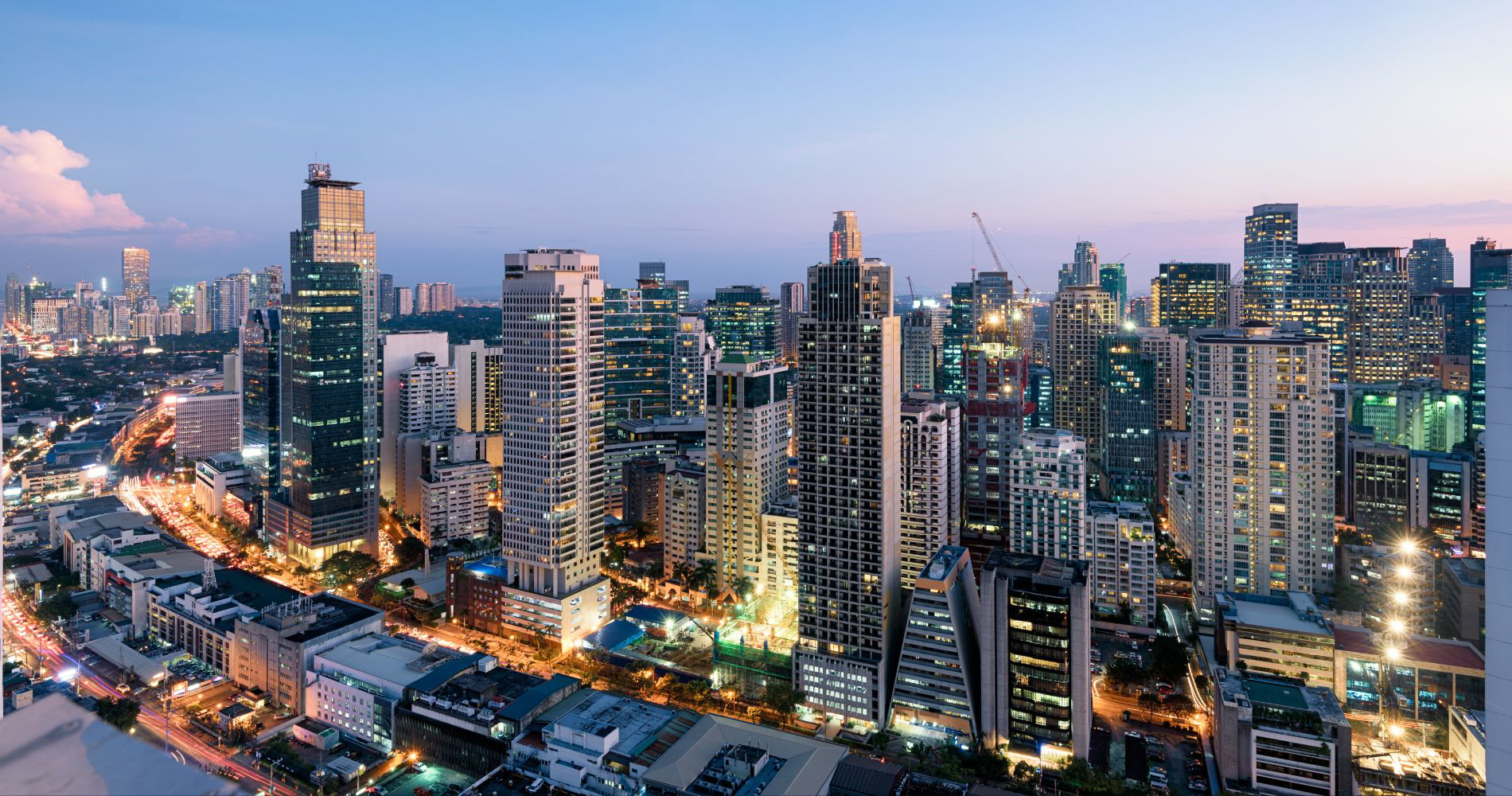Did you know that in 2025, the average monthly salary in Malaysia is projected to range between MYR 2,500 and MYR 4,000 (roughly USD 530 to 850)? According to Salary Explorer and the Department of Statistics Malaysia, this salary range is modest compared to Western countries, but it aligns well with Malaysia’s reasonable cost of living and a talent pool of employees in Malaysia who are both skilled and cost-efficient.
Malaysia’s finance, tech, and manufacturing sectors continue to be among the top-paying fields. For instance, professionals in software development or financial analysis can expect an average annual salary of up to MYR 72,000 (USD 15,000), especially those with higher education levels and over five years of work experience. These salary figures make Malaysia appealing not just for employees, but also for every employer seeking affordable and competitive labor.
With an increasing demand for skilled professionals, Malaysia has positioned itself as a strategic hub for outsourcing and business expansion in Southeast Asia. This makes understanding the median monthly wage and salary by education level critical for any employer assessing job markets or expansion plans.
In this guide, we’ll cover the latest salary trends, high-paying industries, and the main factors that influence the average income of employees in Malaysia. Whether you’re a job seeker or employer, knowing what the average salary represents in 2025 is essential to making informed hiring, investing, or career decisions.
Understanding the Current Average Salary in Malaysia
When discussing the average salary in Malaysia, it’s important to note that this figure doesn’t reflect a one-size-fits-all reality. Statistics Malaysia shows that salary expectations vary depending on region, job title, profession, experience level, education level, and even industry. Whether you’re working in Kuala Lumpur’s corporate district or employed in manufacturing in Penang, the actual pay scale can differ significantly.
Earnings also shift based on factors like work experience, job specialization, and sector-specific demands—making it essential for any employer or job candidate to consider the broader context. That’s why analyzing salary by education, seniority, and industry insights is crucial to truly understand what the “average salary represents” across Malaysia’s labor market.
Salary Trends by Industry in Malaysia
The average salary in Malaysia inv2025 is estimated to range from MYR 2,500 to MYR 4,000 per month (approximately USD 530 to 850). However, this average can be misleading, as actual earnings vary greatly depending on industry, job function, and experience level.
These industries consistently offer higher salaries compared to others like hospitality, customer service, or retail, which typically pay a lower average.
Key Factors Affecting Salaries in Malaysia in 2025
In 2025, salaries in Malaysia are influenced by a combination of economic, policy, and labor market dynamics. Key factors include:
1. Economic Growth and Inflation
Malaysia’s economy is projected to grow between 4.5% and 5.5% in 2025, driven by domestic demand and foreign investments—especially in various industries like tech and manufacturing. However, inflation—ranging from 2% to 3.5%—is impacting Malaysian ringgit purchasing power, prompting salary adjustments. These shifts have made it essential for employees to learn about the average and median salaries in urban centers like Kuala Lumpur, where Malaysia’s average salary is among the nation’s highest.
2. Government Policies and Wage Reforms
Significant fiscal reforms have been implemented, addressing minimum wages order 2022 and broader wage structures:
- Minimum Wage Increase: As of February 2025, minimum wages increased by 13% to RM1,700 MYR per month.
- Civil Servant Pay Hikes: From December 2024, salary hikes ranged from 16.8% to 42.7%, depending on roles and factors such as experience.
- Progressive Wage Model: Aims to tie wage growth to productivity and upskilling, benefitting employees with a certificate and those with five years of experience or more.
These initiatives position employers in Malaysia as proactive in narrowing the gap between average and median salaries.
3. Talent Shortages and Skills Demand
Key sectors—such as cybersecurity, AI, and advanced manufacturing—face talent shortages, pushing salaries across these industries higher. Skilled employees, especially those with five years of experience, are seeing extremely high or low salaries based on niche expertise and location. These trends help jobseekers and employers know the average salary to expect or offer.
4. Digital Transformation and Foreign Investment
Driven by initiatives like the Malaysia Digital Economy Blueprint, the country boasts one of the highest digital adoption rates in Southeast Asia. This has elevated salary benchmarks in tech-heavy sectors such as EVs and semiconductors. Malaysia stands as an emerging hub for innovation, leading to new highs in typical salary ranges and expanding salary data.
5. Cost of Living and Regional Variations
Salaries vary by region due to differences in average living costs. For instance, average and median salaries in Kuala Lumpur (~RM6,700), Selangor (~RM6,300), and Sabah/Sarawak (~RM5,200) differ greatly.
The cost of living in Malaysia remains affordable, with monthly expenses for a single person in urban areas including:
- Rent (small apartment) – RM 1,200 to RM 2,800
- Food & groceries – RM 600 to RM 1,200
- Transportation – RM 100 to RM 300
- Utilities & internet – RM 150 to RM 350
These initiatives position employers in Malaysia as proactive in narrowing the gap between average and median salaries.
3. Talent Shortages and Skills Demand
Key sectors—such as cybersecurity, AI, and advanced manufacturing—face talent shortages, pushing salaries across these industries higher. Skilled employees, especially those with five years of experience, are seeing extremely high or low salaries based on niche expertise and location. These trends help jobseekers and employers know the average salary to expect or offer.
4. Digital Transformation and Foreign Investment
Driven by initiatives like the Malaysia Digital Economy Blueprint, the country boasts one of the highest digital adoption rates in Southeast Asia. This has elevated salary benchmarks in tech-heavy sectors such as EVs and semiconductors. Malaysia stands as an emerging hub for innovation, leading to new highs in typical salary ranges and expanding salary data.
5. Cost of Living and Regional Variations
Salaries vary by region due to differences in average living costs. For instance, average and median salaries in Kuala Lumpur (~RM6,700), Selangor (~RM6,300), and Sabah/Sarawak (~RM5,200) differ greatly.
The cost of living in Malaysia remains affordable, with monthly expenses for a single person in urban areas including:
- Rent (small apartment) – RM 1,200 to RM 2,800
- Food & groceries – RM 600 to RM 1,200
- Transportation – RM 100 to RM 300
- Utilities & internet – RM 150 to RM 350
Why Outsourcing to Malaysia Makes Sense
Malaysia has become a top outsourcing destination due to:
- Cost-effective labor compared to Western countries
- A highly skilled talent pool in IT, finance, customer service, and BPO
- Strong government incentives and support for foreign businesses
Many companies outsourcing to Malaysia value Malaysian professionals for their multilingual capabilities, cultural compatibility, and reliable work ethic.
How an Employer of Record (EOR) Helps You Hire in Malaysia
Hiring employees in a new market like Malaysia can be challenging—especially with varying salary brackets, compliance standards, and changes to the job market. That’s where an Employer of Record (EOR) becomes a valuable partner.
How an EOR Supports Salary Management in Malaysia:
Local Salary Benchmarking
An EOR provider helps you explore the average monthly pay across regions, industries, and job levels—ensuring your compensation packages are aligned with competitive salaries, the cost of living, and sector-specific expectations.
Payroll in Malaysian Ringgit (MYR)
EORs handle accurate payroll processing in Malaysian ringgit, ensuring timely payments, tax withholdings, and full compliance with Malaysian labour laws.
Compliance with Wage Laws
With regular changes like the Minimum Wages Order and scheduled salary adjustments every few years, EORs help you navigate salary updates from 2023 to 2025, making sure your business meets all legal obligations and supports salary increases when due.
Salary Comparison Across Regions
Since salaries in Malaysia vary significantly, especially between cities like Kuala Lumpur and more rural areas, an EOR offers insight into regional average salaries, helping you decide where to hire based on budget and standard of living.
Efficient Onboarding & HR Administration
Your EOR manages contracts, onboarding, and regulatory reporting, allowing your team to focus on growth while ensuring employees in Malaysia receive their basic salary in Malaysia terms clearly and on time.
Adaptation to Market Changes
As the mean monthly salary shifts due to inflation, industry trends, or economic adjustments, your EOR partner keeps you informed and agile, ensuring you’re offering the highest average where needed to attract and retain top talent.
Final Thoughts: Is Malaysia a Good Place to Work?
Malaysia offers competitive salaries compared to many Southeast Asian countries, along with a relatively affordable cost of living. Whether you’re a Malaysian professional, an expat, or a company exploring outsourcing options, understanding the average wage and mean salary can help you assess opportunities more effectively.
Whether you’re offered a low salary or one of the highest average salaries, remember that the actual maximum salary is higher than published estimates. Understanding the difference between average and mean salary figures helps distinguish what’s common versus what’s competitive in the job market.
Got more questions? Contact us to explore the average salary and job opportunities in Malaysia for 2025.










